Sir Peter Blake
BRITISH PAINTER AND PRINTMAKER
The work of Peter Blake - Godfather of British Pop Art - crosses all generational divides and inspires great respect from younger artists such as Damien Hirst, Gavin Turk, Pure Evil and Tracey Emin. Knighted in 2002, an honorary doctor of the Royal College of Art, and with his work represented in major collections throughout the world, Blake is one of the grand figures of British Art.
Read more
Sir Peter Blake CBE RDI RA (b.1932, Dartford, Kent) is a British painter, printmaker, sculptor, and draughtsman. He began his artistic studies at Gravesend Technical College from 1949-1951, alongside other key British Pop artists such as David Hockney, R.B. Kitaj, Joe Tilson, Allen Jones, Peter Phillips and Derek Boshier.
After a period of national service in the Royal Air Force, Blake attended the Royal College of Art, and upon graduating in 1956 won the Leverhulme Research Award to study popular art; this allowed him to travel and study folk art in countries such as Belgium, France, Italy and Spain: his grand tour. It was around the period of his return to the UK that Blake's style evolved from the classical naturalistic oil paintings of his early period to the collages containing images of movie stars, musicians and pin-up girls that we most readily associate him with. Nevertheless, Blake also retains the naturalistic strain of his practice and has continued to work in oil on canvas throughout his career.
During the 1960s and 70s Blake taught at various institutions such as Central St. Martins School of Art, Harrow School of Art, Walthamstow School of Art and the Royal College of Art. He started to exhibit his work in many individual and group shows during this period, both domestically and internationally. In 1961 he won the John Moores Painting Prize for ‘Self Portrait with Badges’ and was also featured in Ken Russell's BBC film on Pop Art 'Pop Goes the Easel', which first brought him to wide popular attention. In 1969 Blake left London to live in the West Country where he became a founding member of the Brotherhood of Ruralists in 1975.
He continued to live near Bristol for the next four years, and during this period his work temporarily moved away from glossy commercial pop art and primarily focused on literary and rural subjects in oil. A move back to London in 1979 saw his work revert to its pop art tendencies and by 1981 he was elected a member of the Royal Academy of Arts, which was followed by him receiving a CBE in 1983.
Since the early 1960s, Blake has featured in a prolific number of solo and group exhibitions, including a major retrospective, ‘Now We Are 64’, at the National Gallery in 1996, as well as at Tate Liverpool in 2007. His work and reputation as an esteemed artist has travelled across the world several times, and has been shown in galleries such as Tate (London and Liverpool), The Royal Academy (London), Waddington Custot (London), The National Gallery (London), National Museum of Wales (Cardiff), Galerie Claude Bernard (Paris), Wetterling Gallery (Stockholm), Palais des Beaux-Arts (Brussells), Govida Gallery (Washington DC), Paul Morris Gallery (New York), San Francisco Museum of Art (San Francisco), The National Gallery of Canada (Ottawa), Nishimura Gallery (Tokyo), and China Art Gallery (Beijing), amongst many more. Blake’s work is also featured in various public collections, including the Arts Council Collection (London), Museum Moderner Kunst (Vienna), Museum of Modern Art (New York), and the Baltimore Museum of Art (Baltimore).
In more recent years, Blake designed the album cover artwork for The Who’s twelfth studio album, Who. In 2017 he was commissioned to create a 25-meter collage to cover the façade of the Mandarin Orient Hotel in Hyde Park (London) which featured 100 celebrity figures, and in 2015 was asked by Tate Liverpool and Liverpool Biennial to transform a Mersey ferry into a 'dazzle ship' to commemorate the work of First World War ship designers. The 'dazzle ferry' project was at the centre of a BBC 'What Do Artists Do All Day?' episode focusing on Blake. That same year, the artist also created the collage to commemorate 800 years of London’s Lord Mayor’s Show. Blake has designed fabrics for Stella McCartney, as well as the carpets in the new Supreme Court. In 2012 he re-designed the BRIT award statuettes and produced a portrait of HM The Queen commissioned by the Radio Times to celebrate the Diamond Jubilee, which appeared on its front cover.
Blake currently lives and continues to work in Chiswick, London.
Signed Limited Edition Archival Inkjet Print on Somerset Enhanced White Satin 330 gsm, 2025
Edition of 25
Paper size: 87 × 120cm
£2500 Unframed
Or £250 per month on Own Art payable in 10 equal interest-free monthly instalments
Signed Limited Edition Archival Inkjet Print on Somerset Enhanced White Satin 330 gsm, 2025
Edition of 25
Paper size: 87 × 120cm
£2500 Unframed
Or £250 per month on Own Art payable in 10 equal interest-free monthly instalments
Signed Limited Edition Archival Inkjet Print on Somerset Enhanced White Satin 330 gsm, 2025
Edition of 25
Paper size: 87 × 120cm
£2500 Unframed
Or £250 per month on Own Art payable in 10 equal interest-free monthly instalments
Signed Limited Edition Silkscreen Print, 2025
Edition of 60
Paper size: 66 × 88cm
£3000 Unframed
Or £300 per month on Own Art payable in 10 equal interest-free monthly instalments
Signed Limited Edition Silkscreen Print, 2025
Edition of 60
Paper size: 66 × 88cm
£3000 Unframed
Or £300 per month on Own Art payable in 10 equal interest-free monthly instalments
Signed Limited Edition Silkscreen Print, 2025
Edition of 60
Paper size: 66 × 88cm
£3000 Unframed
Or £300 per month on Own Art payable in 10 equal interest-free monthly instalments
Signed Limited Edition Silkscreen Print Portfolio Set of Three, 2025
Printed on gold mirri board and presented in an archival box with a colophon and title page
Edition of 60
Paper size: 66 × 88cm
£9000 Unframed
Or £900 per month on Own Art payable in 10 equal interest-free monthly instalments
Signed Limited Edition Silkscreen Print, 2007
Edition of 175
Paper size: 101.5 × 76cm
£3000 Unframed
Or £300 per month on Own Art payable in 10 equal interest-free monthly instalments
Signed Limited Edition Silkscreen Print with Collaged Elements
Edition of 80
Paper size: 70 x 55cm
£2950 Unframed
Or £295 per month on Own Art payable in 10 equal interest-free monthly instalments
Signed Limited Edition Silkscreen with Lithographic Collage, 2015
Edition of 100
Paper size: 90 x 75cm
£1950 Unframed
Or £195 per month on Own Art payable in 10 equal interest-free monthly instalments
Signed Limited Edition Silkscreen with Lithographic Collage, 2015
Edition of 100
Paper size: 90 x 75cm
£2450 Unframed
Or £245 per month on Own Art payable in 10 equal interest-free monthly instalments
Signed Limited Edition Silkscreen Print with Lithographic Collage, 2015
Edition of 100
Paper size: 90 × 75cm
£1950 Unframed
Or £195 per month on Own Art payable in 10 equal interest-free monthly instalments
Signed Limited Edition Silkscreen with Diamond Dust, Glitter and Glazes, 2014
Edition of 175
Paper size: 123 x 122cm
£11,000 Unframed
Or £1100 per month on Own Art payable in 10 equal interest-free monthly instalments
Please check for availability with the gallery
Signed Limited Edition Silkscreen with Glazes, 2012
Edition of 150
Paper size: 91 × 93cm
£2100 Unframed
Contact the gallery for a framing quote
Or £210 per month on Own Art payable in 10 equal interest-free monthly instalments
Signed Limited Edition Digital Print on Canvas, 2011
Edition of 10
Canvas size: 135 × 135cm
£15,000 Unframed
Signed Limited Edition Silkscreen, 2011
Created to raise awareness and funds for the British Heart Foundation
Edition of 150
Paper size: 58 × 76cm
£1900 Unframed
Contact the gallery for a framing quote
Or £190 per month on Own Art payable in 10 equal interest-free monthly instalments
Signed Limited Edition Silkscreen Print with Glitter Inks, 2003
Peter Blake was commissioned by the famous folk group Pentangle to create the album cover for their 1968 album Sweet Child. In 2002 this was made into a limited edition print at Coriander Studios
Edition of 100
Paper size: 66 × 68cm
£2000 Unframed
Or £200 per month on Own Art payable in 10 equal interest-free monthly instalments
Signed Limited Edition Silkscreen with Silver Leaf, 2007
Edition of 175
Paper size: 76 x 101.5cm
£1800 Unframed
Or £180 per month on Own Art payable in 10 equal interest-free monthly instalments
Signed Limited Edition Silkscreen with Silver Leaf, 2007
Edition of 175
Paper size: 76 x 101.5cm
£1800 unframed
Or £180 per month on Own Art payable in 10 equal interest-free monthly instalments
Signed Limited Edition Silkscreen with Silver Leaf, 2007
Edition of 175
Paper size: 76 x 101.5cm
£1800 unframed
Or £180 per month on Own Art payable in 10 equal interest-free monthly instalments
Signed Limited Edition Digital Print with Silkscreen Glaze, 2011
Edition of 88
Paper size: 71 × 99cm
£1800 Unframed
Or £180 per month on Own Art payable in 10 equal interest-free monthly instalments
Signed Limited Edition Collaged Silkscreen with Gold Leaf, Diamond Dust, Embossing & Glazes, 2011
Edition of 125
Paper size: 70 x 86cm
£3250 Unframed
Or £325 per month on Own Art payable in 10 equal interest-free monthly instalments
Please check for availability with the gallery
Signed Limited Edition Collaged Silkscreen with Gold Leaf, Diamond Dust, Embossing & Glazes, 2011
Edition of 125
Paper size: 70 x 86cm
£3250 Unframed
Or £325 per month on Own Art payable in 10 equal interest-free monthly instalments
Please check for availability with the gallery
Signed Limited Edition Collaged Silkscreen with Gold Leaf, Diamond Dust, Embossing & Glazes, 2011
Edition of 125
Paper size: 70 x 86cm
£3250 Unframed
Or £325 per month on Own Art payable in 10 equal interest-free monthly instalments
Please check for availability with the gallery
Signed Limited Edition Silkscreen Print, 2011
Edition of 100
Paper size: 37 × 54.5cm
£840 Unframed
Or £84 per month on Own Art payable in 10 equal interest-free monthly instalments
Signed Limited Edition Silkscreen Print, 2011
Edition of 100
Paper size: 37 × 54.5cm
£840 Unframed
Or £84 per month on Own Art payable in 10 equal interest-free monthly instalments
Signed Limited Edition Silkscreen with Collage, 2013
Edition of 100
Paper size: 41.6 x 49cm
£1950 Unframed
Or £195 per month on Own Art payable in 10 equal interest-free monthly instalments
Signed Limited Edition Silkscreen with Collage, 2013
Edition of 100
Paper size: 41.6 x 49cm
£1950 Unframed
Or £195 per month on Own Art payable in 10 equal interest-free monthly instalments
Signed Limited Edition Silkscreen with Collage, 2013
Edition of 100
Paper size: 41.6 x 49cm
£1950 Unframed
Or £195 per month on Own Art payable in 10 equal interest-free monthly instalments
Signed Limited Edition Silkscreen with Collage, 2014
Edition of 100
Paper size: 65 x 74cm
£2400 Unframed
Or £240 per month on Own Art payable in 10 equal interest-free monthly instalments
Signed Limited Edition Silkscreen with Collage, 2014
Edition of 100
Image size: 65 x 74cm
£2400 Unframed
Or £240 per month on Own Art payable in 10 equal interest-free monthly instalments
Signed Limited Edition Silkscreen with Collage, 2014
Edition of 100
Paper size: 65 x 74cm
£2400 Unframed
Or £240 per month on Own Art payable in 10 equal interest-free monthly instalments
Signed Limited Edition Silkscreen with Collage, 2014
Edition of 100
Paper size: 65 x 74cm
£2400 Unframed
Or £240 per month on Own Art payable in 10 equal interest-free monthly instalments
Signed Limited Edition Silkscreen with Collage, 2014
Edition of 100
Paper size: 65 x 74cm
£2400 Unframed
Or £240 per month on Own Art payable in 10 equal interest-free monthly instalments
Signed Limited Edition Silkscreen, 2008
Edition of 175
Paper size: 59.5 x 82cm
£1900 Unframed
Or £190 per month on Own Art payable in 10 equal interest-free monthly instalments
Signed Limited Edition Silkscreen, 2008
Edition of 175
Paper size: 59.5 x 82cm
£1750 Unframed
Or £175 per month on Own Art payable in 10 equal interest-free monthly instalments
Signed Limited Edition Silkscreen with Glitter, 2016
Edition of 100
Paper size: 60 x 46cm
£2200 Unframed
Or £220 per month on Own Art payable in 10 equal interest-free monthly instalments
Signed Limited Edition Silkscreen on Canvas, 2013
Edition of 100
Canvas size: 150 × 111cm
£7500 Unframed
Or £750 per month on Own Art payable in 10 equal interest-free monthly instalments
Signed Limited Edition Silkscreen with Gloss and Glazes, 2010
Edition of 100
Paper size: 37 × 49.4cm
£900 Unframed
Or £90 per month on Own Art payable in 10 equal interest-free monthly instalments
Signed Limited Edition Silkscreen with Gloss and Glazes, 2010
Edition of 100
Paper size: 37 × 49.4cm
£900 Unframed
Or £90 per month on Own Art payable in 10 equal interest-free monthly instalments
Signed Limited Edition Silkscreen with Gloss and Glazes, 2010
Edition of 100
Paper size: 37 × 49.4cm
£900 Unframed
Or £90 per month on Own Art payable in 10 equal interest-free monthly instalments
Signed Limited Edition Silkscreen with Silver Leaf, Embossing and Glazes , 2012
Edition of 150
Paper size: 76 × 99cm
£1950 Unframed
Or £195 per month on Own Art payable in 10 equal interest-free monthly instalments
Signed Limited Edition Etching with hand-coloured chine collé, 2016
Edition of 50
Paper size: 38 × 46cm
£895 Unframed
Or £89.50 per month on Own Art payable in 10 equal interest-free monthly instalments
Craigie’s Canary' is a celebration of British artist Craigie Aitchison’s (1926-2009) life and work as well as a tribute from his friend and admirer Peter Blake. This hand-painted etching’s minimalism is an echo of Aitchison’s precise and simple compositions, its splash of colour reminiscent of the jewel-bright colours Aitchison loved to use. Aitchison kept canaries, they would fly about in his studio; as well as being a recurring motif throughout his work, the canary is a symbol of joy, illumination and innocence- and here it represents Craigie himself; a touching tribute to a dear friend.
Portfolio set of three silkscreen prints with glazes, each representing Blake's signature styles in watercolour, collage and Pop Art, 2017
Edition of 100
Paper size: 45 x 46cm
Presented in an archival box set
£2950 Unframed Portfolio
Or £295 per month on Own Art payable in 10 equal interest-free monthly instalments
Signed Limited Edition Archival Inkjet Glitter Print with Silkscreen Glazes, 2019
Edition of 50
Paper size: 48 x 77.6cm
£1695 Unframed
Or £169.50 per month on Own Art payable in 10 equal interest-free monthly instalments
Signed Limited Edition Archival Inkjet Glitter Print with Silkscreen Glazes, 2019
Edition of 50
Paper size: 48 x 77.6cm
£1695 Unframed
Or £169.50 per month on Own Art payable in 10 equal interest-free monthly instalments
Signed Limited Edition Archival Inkjet Glitter Print with Silkscreen Glazes, 2018
Edition of 50
Paper size: 48 x 77.6cm
£1695 unframed
Or £169.50 per month on Own Art payable in 10 equal interest-free monthly instalments
Signed Limited Edition Archival Inkjet Glitter Print with Silkscreen Glazes, 2018
Edition of 50
Paper size: 48 x 77.6cm
£1695 Unframed
Or £169.50 per month on Own Art payable in 10 equal interest-free monthly instalments
Signed Limited Edition Archival Inkjet Glitter Print with Silkscreen Glazes, 2018
Edition of 50
Paper size: 48 x 77.6cm
£1695 Unframed
Or £169.50 per month on Own Art payable in 10 equal interest-free monthly instalments
Signed Limited Edition Archival Inkjet Glitter Print with Silkscreen Glazes, 2018
Edition of 50
Paper size: 48 x 77.6cm
£1495 Unframed
Or £149.50 per month on Own Art payable in 10 equal interest-free monthly instalments
Signed Limited Edition Archival Inkjet Glitter Print with Silkscreen Glazes, 2018
Edition of 50
Paper size: 48 x 77.6cm
£1495 Unframed
Or £149.50 per month on Own Art payable in 10 equal interest-free monthly instalments
Signed Limited Edition Silkscreen, 2010
2004 album cover for Brian Wilson’s seventh solo album
Edition of 250
Paper size: 65.8 × 67.7cm
£1200 Unframed
Contact the gallery for a framing quote
Or £120 per month on Own Art payable in 10 equal interest-free monthly instalments
Signed Limited Edition Silkscreen, 2009
1982 album cover created for the band Landscape
Edition of 250
Paper size: 65.8 × 67.7cm
£1200 Unframed
Contact the gallery for a framing quote
Or £120 per month on Own Art payable in 10 equal interest-free monthly instalments
Signed Limited Edition Silkscreen, 2010
Edition of 125
Paper size: 59 x 84cm
£2200 Unframed
Or £220 per month on Own Art payable in 10 equal interest-free monthly instalments
Signed Limited Edition Silkscreen, 2010
Edition of 125
Paper size: 59 x 84cm
£2200 Unframed
Or £220 per month on Own Art payable in 10 equal interest-free monthly instalments
Signed Limited Edition Silkscreen, 2010
Edition of 125
Paper size: 59 x 84cm
£2200 Unframed
Or £220 per month on Own Art payable in 10 equal interest-free monthly instalments
Signed Limited Edition Lithograph, 2018
Edition of 10
Paper size: 57 x 70cm
£2000 Unframed
Or £200 per month on Own Art payable in 10 equal interest-free monthly instalments
Signed Limited Edition Lithograph, 2018
Edition of 10
Paper size: 69 x 82cm
£2000 Unframed
Or £200 per month on Own Art payable in 10 equal interest-free monthly instalments
Signed Limited Edition Silkscreen Prints with Glazes, 2017
Incorporating all 27 prints from The Dazzle Alphabet
Edition of 100 (only 25 portfolio sets available)
Paper size of each print: 27 × 36cm
£POA
Please check for availability with the gallery
Signed Limited Edition Silkscreen with Glazes
Edition of 100
Paper size: 27 x 36cm
£1175 Unframed
Or £117.50 per month on Own Art payable in 10 equal interest-free monthly instalments
Signed Limited Edition Silkscreen with Glazes
Edition of 100
Paper size: 27 x 36cm
£975 Unframed
Or £97.50 per month on Own Art payable in 10 equal interest-free monthly instalments
Signed Limited Edition Silkscreen with Glazes
Edition of 100
Paper size: 27 x 36cm
£1175 Unframed
Or £117.50 per month on Own Art payable in 10 equal interest-free monthly instalments
Signed Limited Edition Silkscreen with Glazes
Edition of 100
Paper size: 27 x 36cm
£975 Unframed
Or £97.50 per month on Own Art payable in 10 equal interest-free monthly instalments
Signed Limited Edition Silkscreen with Glazes
Edition of 100
Paper size: 27 x 36cm
£975 Unframed
Or £97.50 per month on Own Art payable in 10 equal interest-free monthly instalments
Signed Limited Edition Silkscreen with Glazes
Edition of 100
Paper size: 27 x 36cm
£775 Unframed
Or £77.50 per month on Own Art payable in 10 equal interest-free monthly instalments
Signed Limited Edition Silkscreen with Glazes
Edition of 100
Paper size: 27 x 36cm
£775 Unframed
Or £77.50 per month on Own Art payable in 10 equal interest-free monthly instalments
Signed Limited Edition Silkscreen with Glazes
Edition of 100
Paper size: 27 x 36cm
£1175 Unframed
Or £117.50 per month on Own Art payable in 10 equal interest-free monthly instalments
Signed Limited Edition Silkscreen with Glazes
Edition of 100
Paper size: 27 x 36cm
£575 Unframed
Or £57.50 per month on Own Art payable in 10 equal interest-free monthly instalments
Signed Limited Edition Silkscreen with Glazes
Edition of 100
Paper size: 27 x 36cm
£775 Unframed
Or £77.50 per month on Own Art payable in 10 equal interest-free monthly instalments
Signed Limited Edition Silkscreen with Glazes
Edition of 100
Paper size: 27 x 36cm
£1175 Unframed
Or £117.50 per month on Own Art payable in 10 equal interest-free monthly instalments
Signed Limited Edition Silkscreen with Glazes
Edition of 100
Paper size: 27 x 36cm
£775 Unframed
Or £77.50 per month on Own Art payable in 10 equal interest-free monthly instalments
Signed Limited Edition Silkscreen with Glazes
Edition of 100
Paper size: 27 x 36cm
£775 Unframed
Or £77.50 per month on Own Art payable in 10 equal interest-free monthly instalments
Signed Limited Edition Silkscreen with Glazes
Edition of 100
Paper size: 27 x 36cm
£975 Unframed
Or £97.50 per month on Own Art payable in 10 equal interest-free monthly instalments
Signed Limited Edition Silkscreen with Glazes
Edition of 100
Paper size: 27 x 36cm
£575 Unframed
Or £57.50 per month on Own Art payable in 10 equal interest-free monthly instalments
Signed Limited Edition Silkscreen with Glazes
Edition of 100
Paper size: 27 x 36cm
£975 Unframed
Or £97.50 per month on Own Art payable in 10 equal interest-free monthly instalments
Signed Limited Edition Silkscreen with Glazes
Edition of 100
Paper size: 27 x 36cm
£1175 Unframed
Or £117.50 per month on Own Art payable in 10 equal interest-free monthly instalments
Signed Limited Edition Silkscreen with Glazes
Edition of 100
Paper size: 27 x 36cm
£975 Unframed
Or £97.50 per month on Own Art payable in 10 equal interest-free monthly instalments
Signed Limited Edition Silkscreen with Glazes
Edition of 100
Paper size: 27 x 36cm
£575 Unframed
Or £57.50 per month on Own Art payable in 10 equal interest-free monthly instalments
Signed Limited Edition Silkscreen with Glazes
Edition of 100
Paper size: 27 x 36cm
£775 Unframed
Or £77.50 per month on Own Art payable in 10 equal interest-free monthly instalments
Signed Limited Edition Silkscreen with Glazes
Edition of 100
Paper size: 27 x 36cm
£775 Unframed
Or £77.50 per month on Own Art payable in 10 equal interest-free monthly instalments
Signed Limited Edition Silkscreen with Glazes
Edition of 100
Paper size: 27 x 36cm
£575 Unframed
Or £57.50 per month on Own Art payable in 10 equal interest-free monthly instalments
Signed Limited Edition Silkscreen with Glazes
Edition of 100
Paper size: 27 x 36cm
£575 Unframed
Or £57.50 per month on Own Art payable in 10 equal interest-free monthly instalments
Signed Limited Edition Silkscreen with Glazes
Edition of 100
Paper size: 27 x 36cm
£775 Unframed
Or £77.50 per month on Own Art payable in 10 equal interest-free monthly instalments








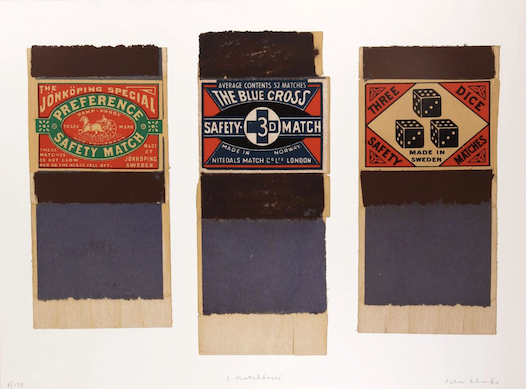


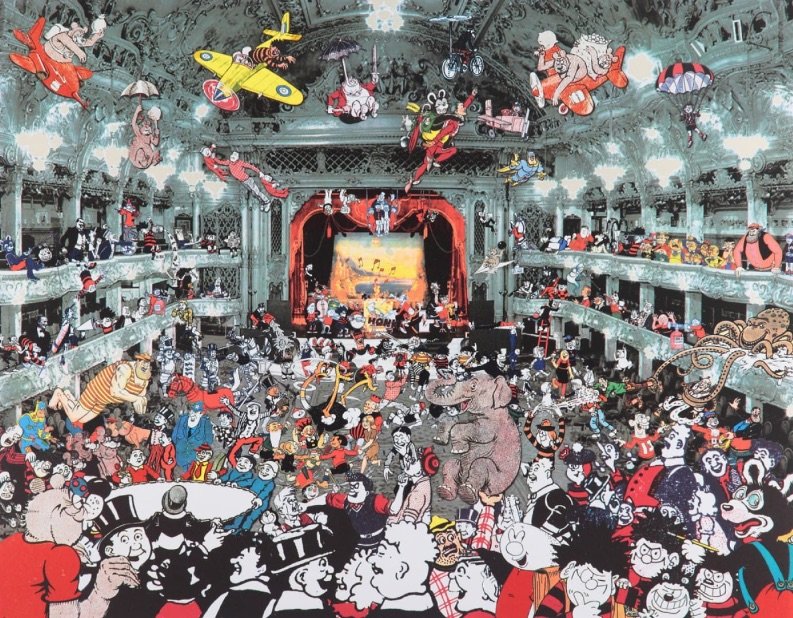






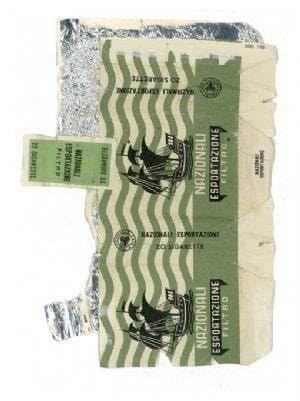



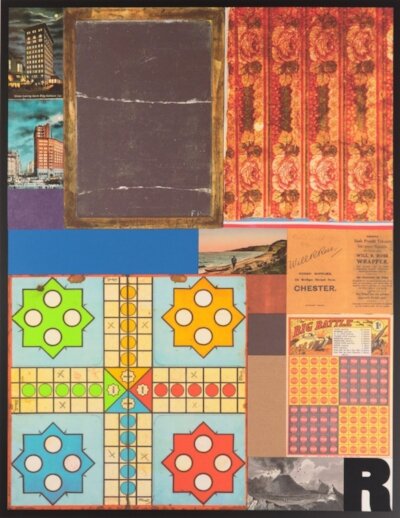
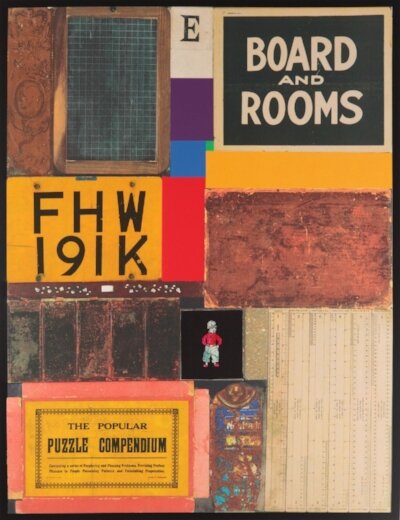
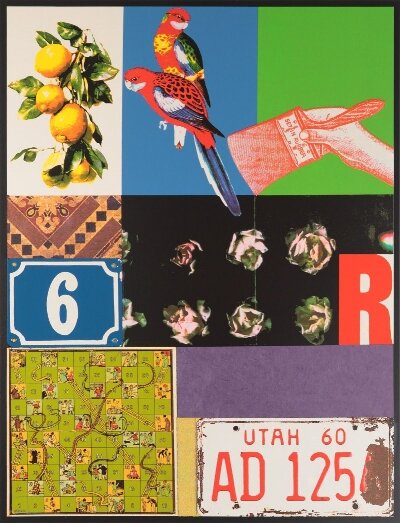



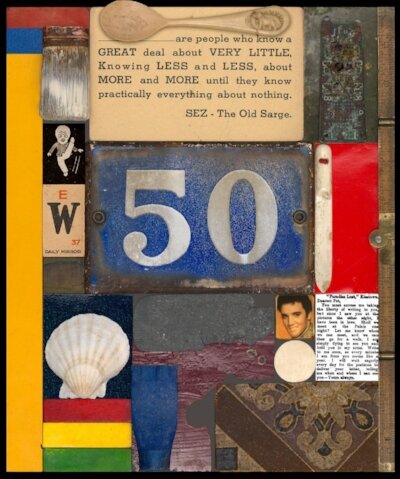
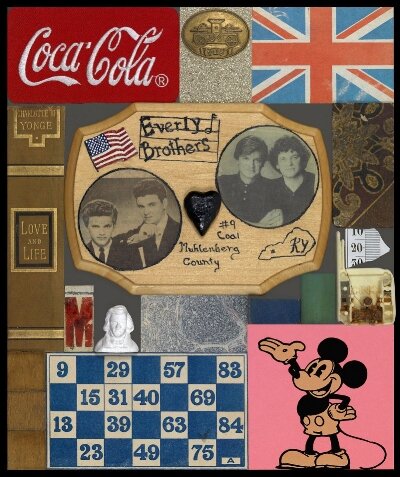
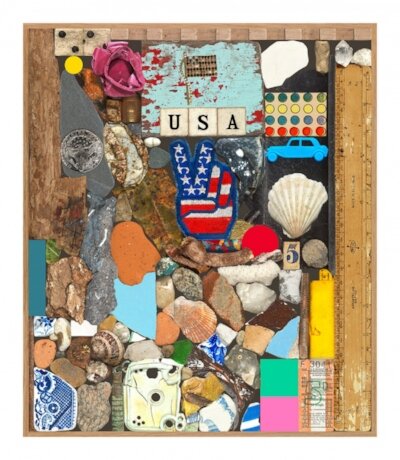
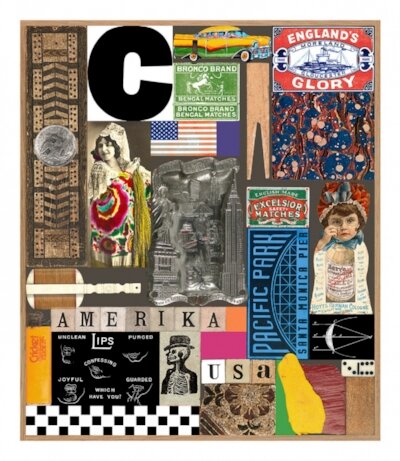

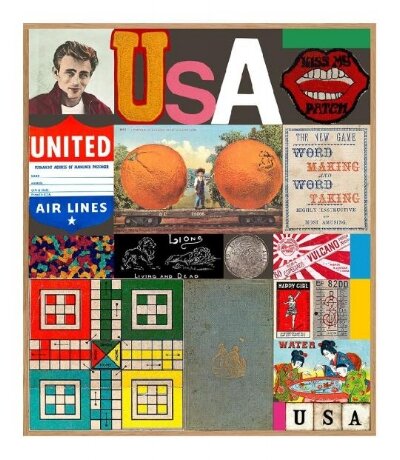
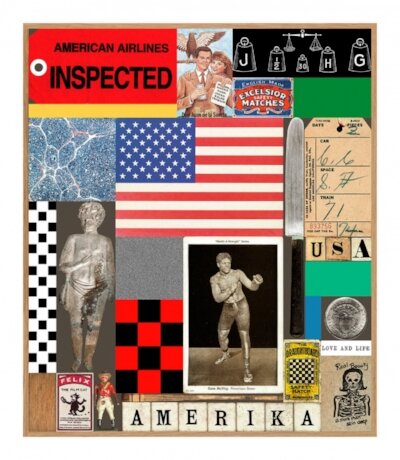

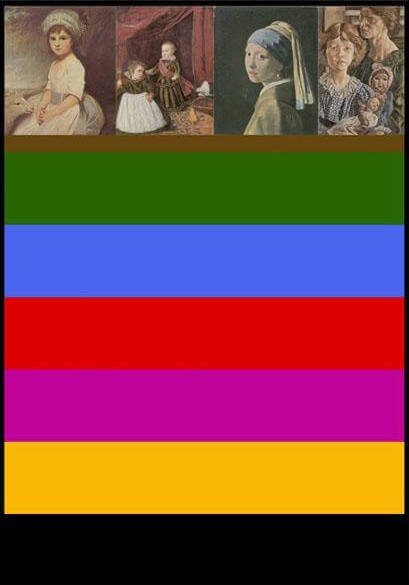








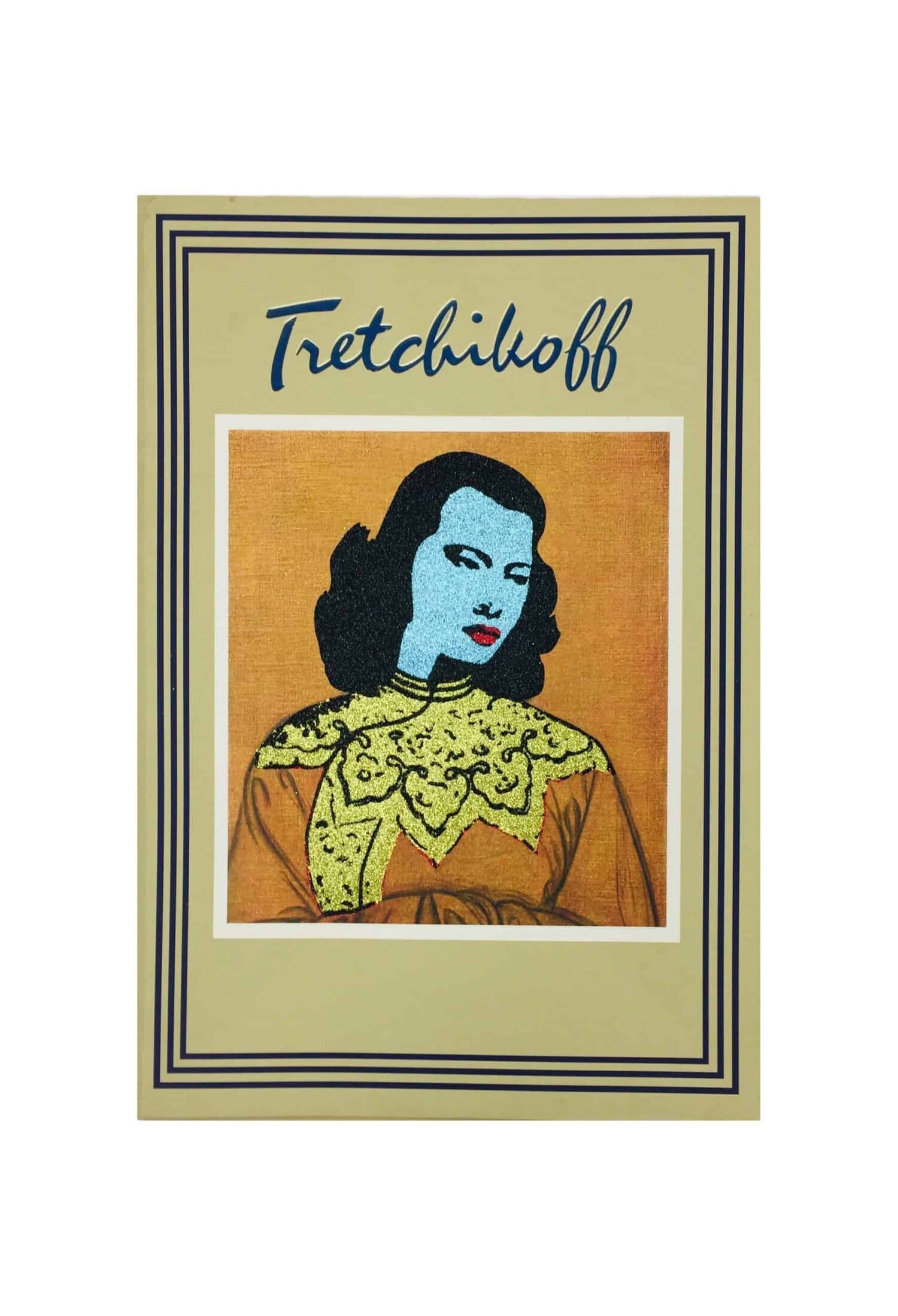
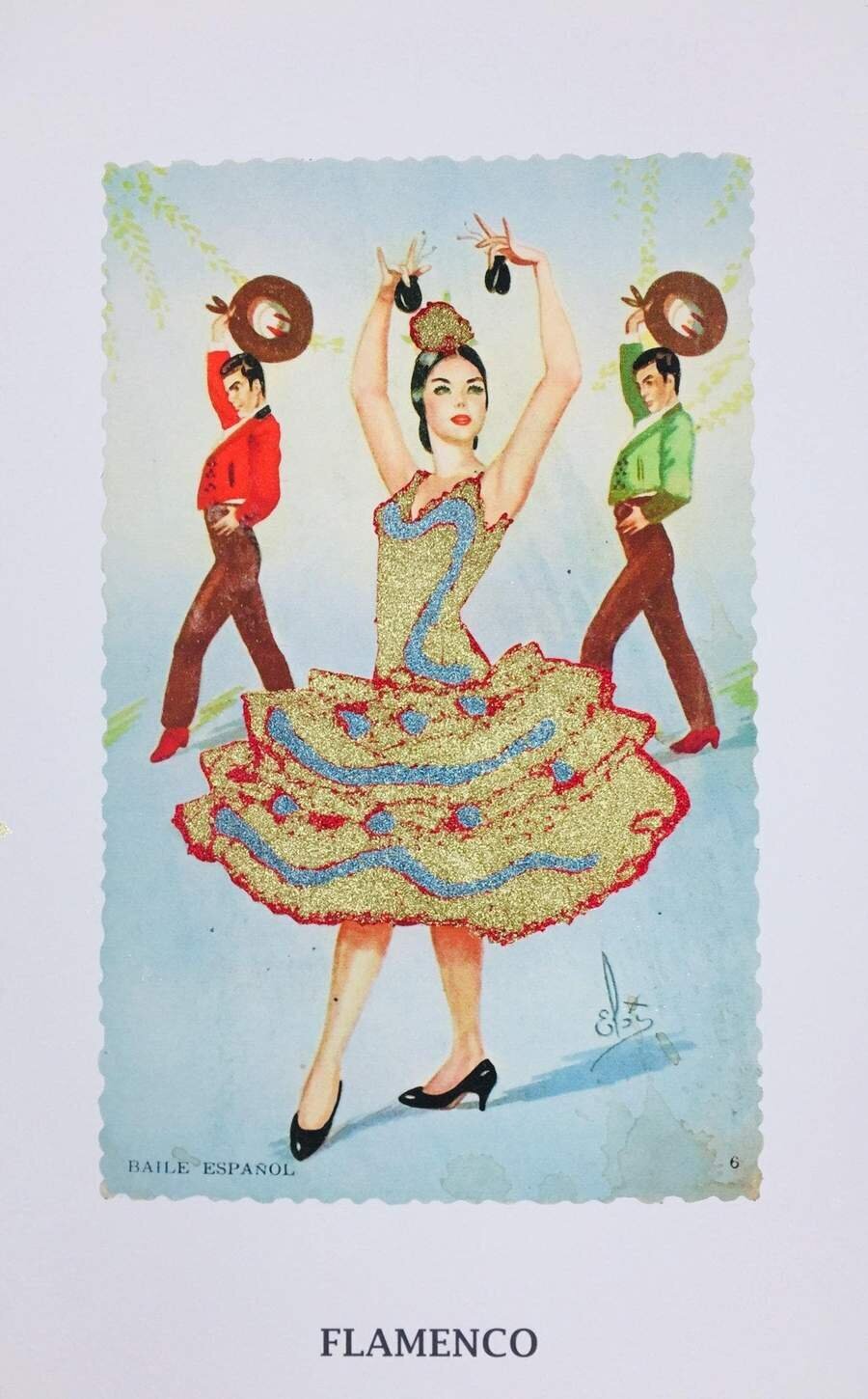





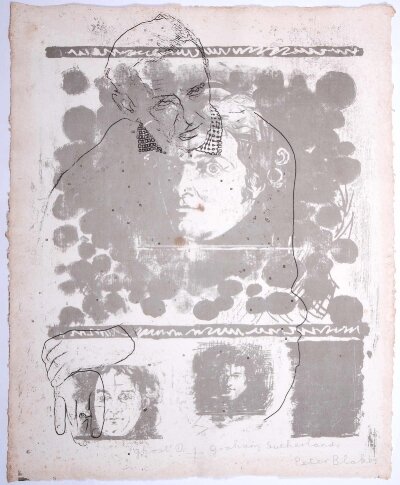
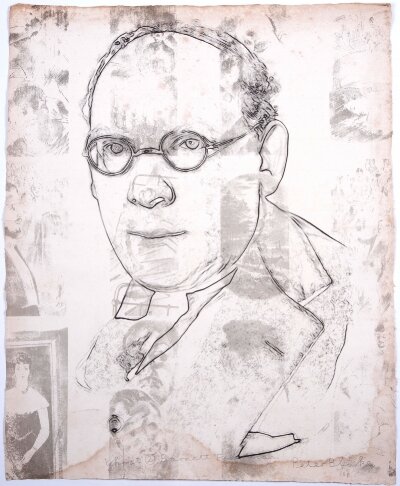
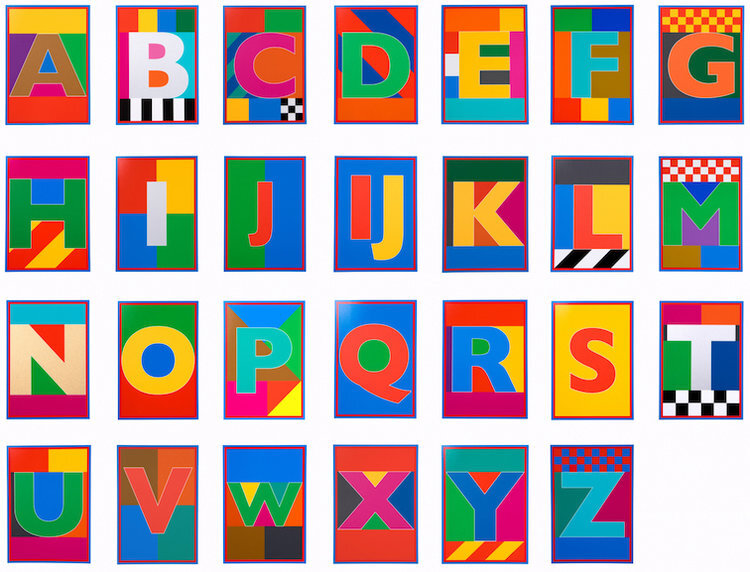
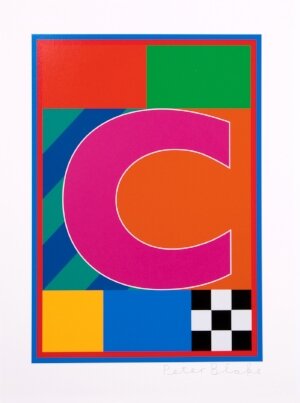
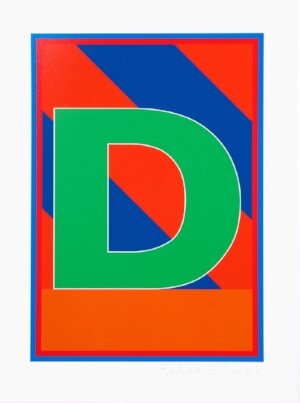
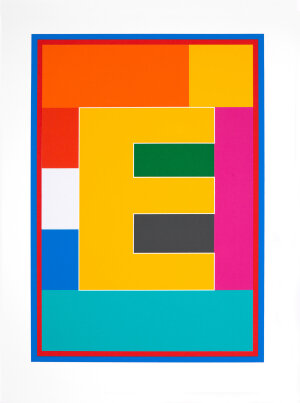
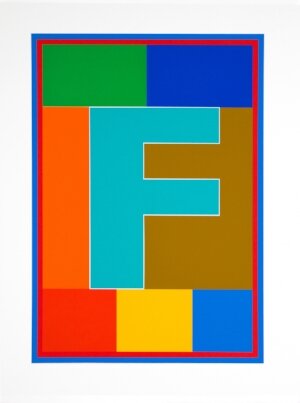
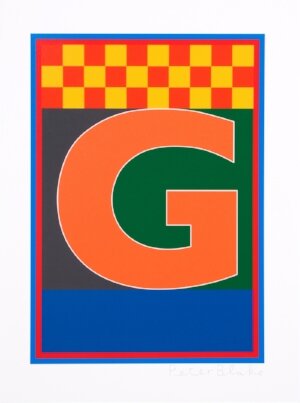
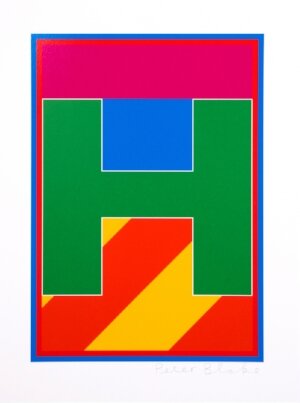
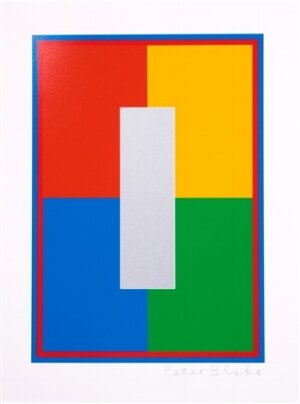
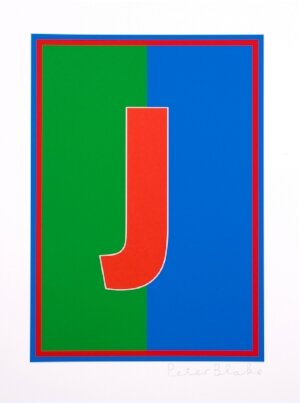
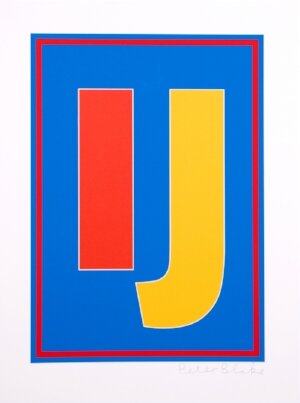
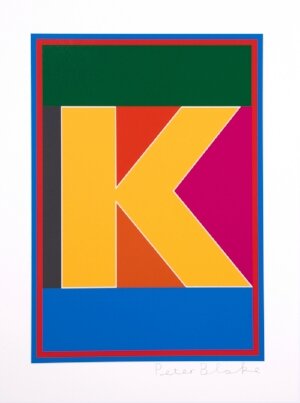
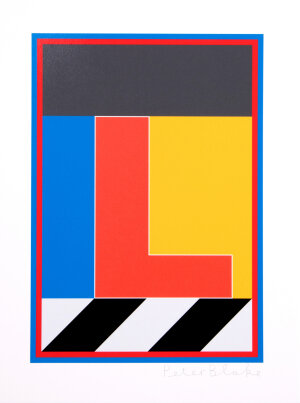
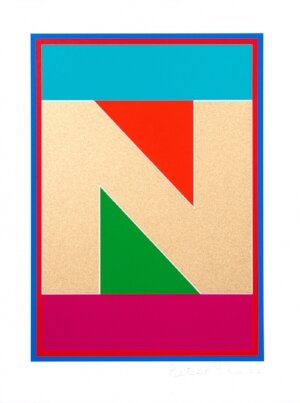
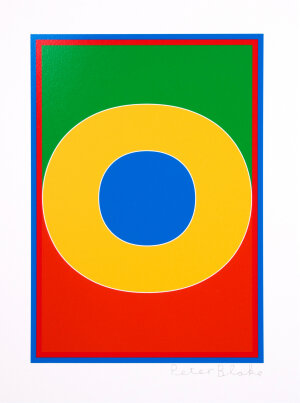
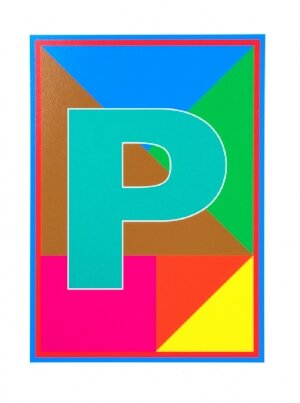

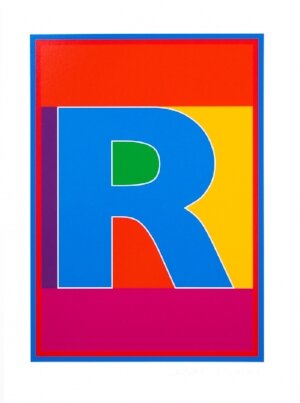


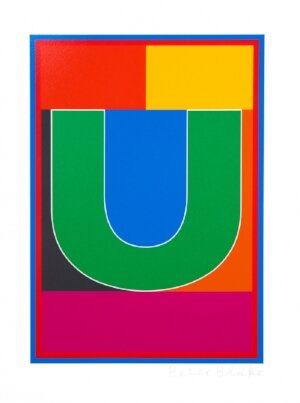
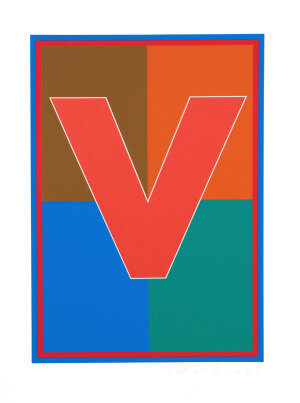
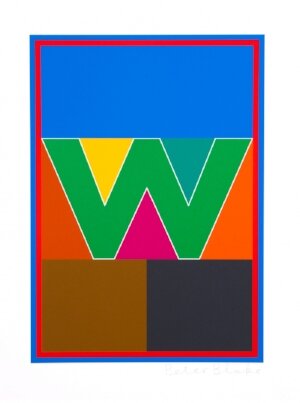
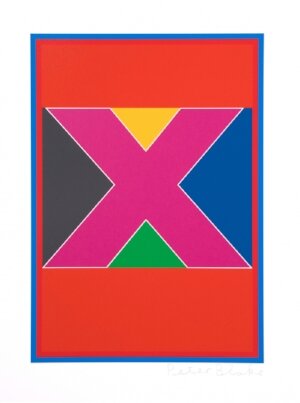
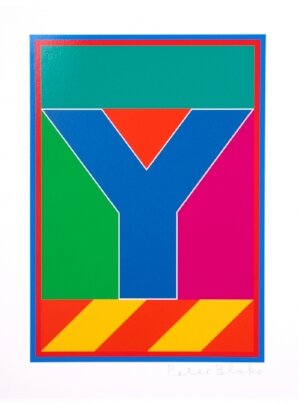
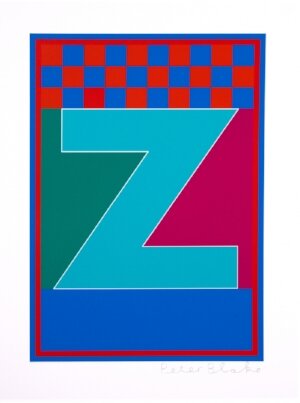
Signed Limited Edition Archival Inkjet Print on Somerset Enhanced White Satin 330 gsm, 2025
Edition of 25
Paper size: 87 × 120cm
£2500 Unframed
Or £250 per month on Own Art payable in 10 equal interest-free monthly instalments